Christopher McQuarrie | 2hr 43min

What the newest antagonist of the Mission: Impossible franchise lacks in characterisation, it makes up for in its unsettling, intangible influence over the basic functions of our technology-dependent world. When we do see the Entity manifest, it is as white beams of light fanning out from a dark centre, pulsing and breathing a raspy, electronic rattle. It is described as a sentient virus, a digital parasite, and artificial intelligence gone rogue, manipulating the transfer of information to impersonate people and fabricate digital signals. Its destruction of a Soviet submarine in the opening minutes of Mission: Impossible – Dead Reckoning lays out the stakes in a thrilling set piece, but even more significantly it also demonstrates the modus operandi through which it takes down civilians – not by launching its own weapons, but by taking advantage of humanity’s reckless naivety.
Much less intimidating than the Entity is the far more standard secondary villain who acts as its “Dark Messiah”, carrying out its orders in the real world to establish its dominion. Practically speaking, Gabriel is little more than a necessary device to give our heroes a body to fight, never quite measuring up to the threat his master poses despite his ties to Ethan Hunt’s past. The other new additions to the cast are served much better in their more ambiguous roles, with Pom Klementieff entering as a reckless assassin set on taking Hunt down, and Hayley Atwell’s professional thief alternating between adversary and ally with her deft sleight of hand.
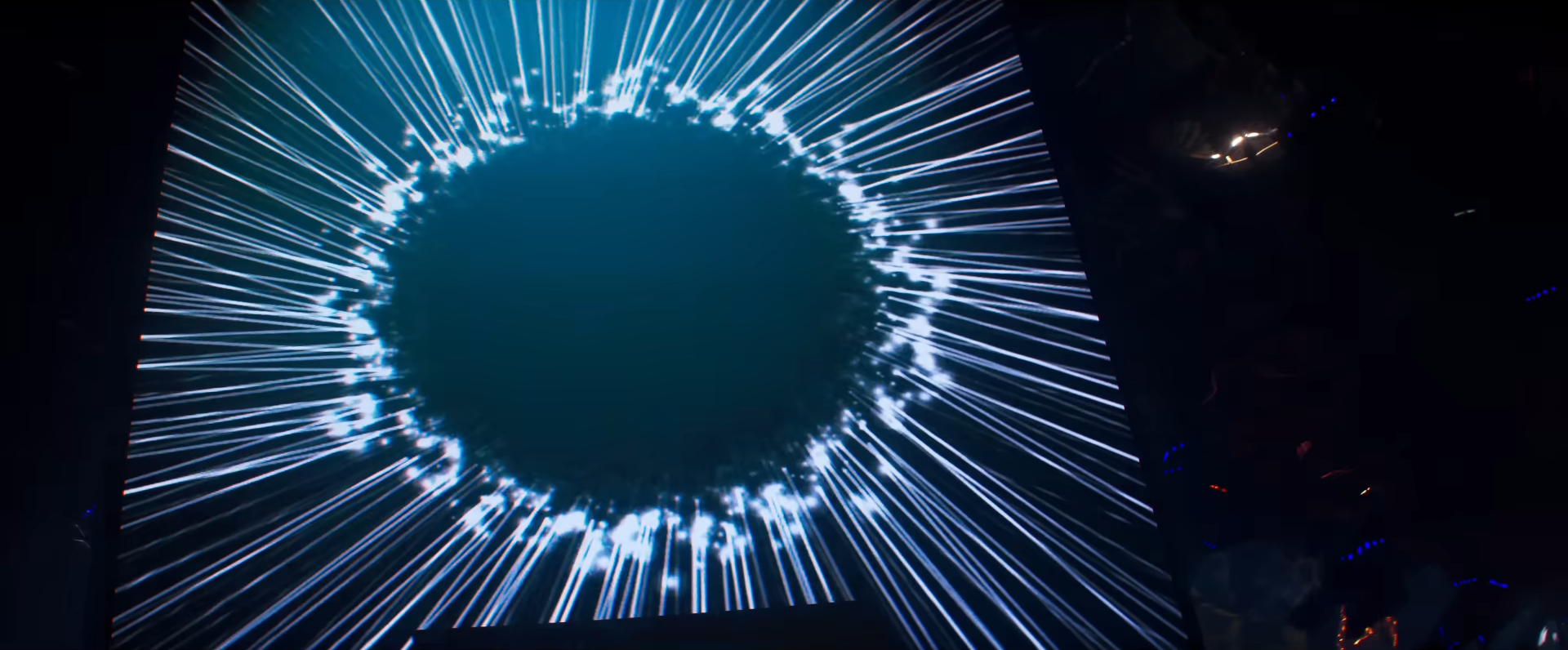

Even so, Dead Reckoning most of all proves to be a stage for Tom Cruise and his globe-trotting set pieces, taking part in horseback chases across the Arabian desert and pursuing Gabriel through the cobbled streets and canals of Venice. When Christopher McQuarrie’s direction matches Cruise’s practical commitment to the action, the film possesses an even greater exhilarating tactility, reaching a peak as Cruise rides over the edge of a cliff on a motorcycle and parachutes down into the valley. Not even the bombastic finale of green screens and CGI can match the awesome spectacle of seeing Cruise throw his body into truly creative stunts.
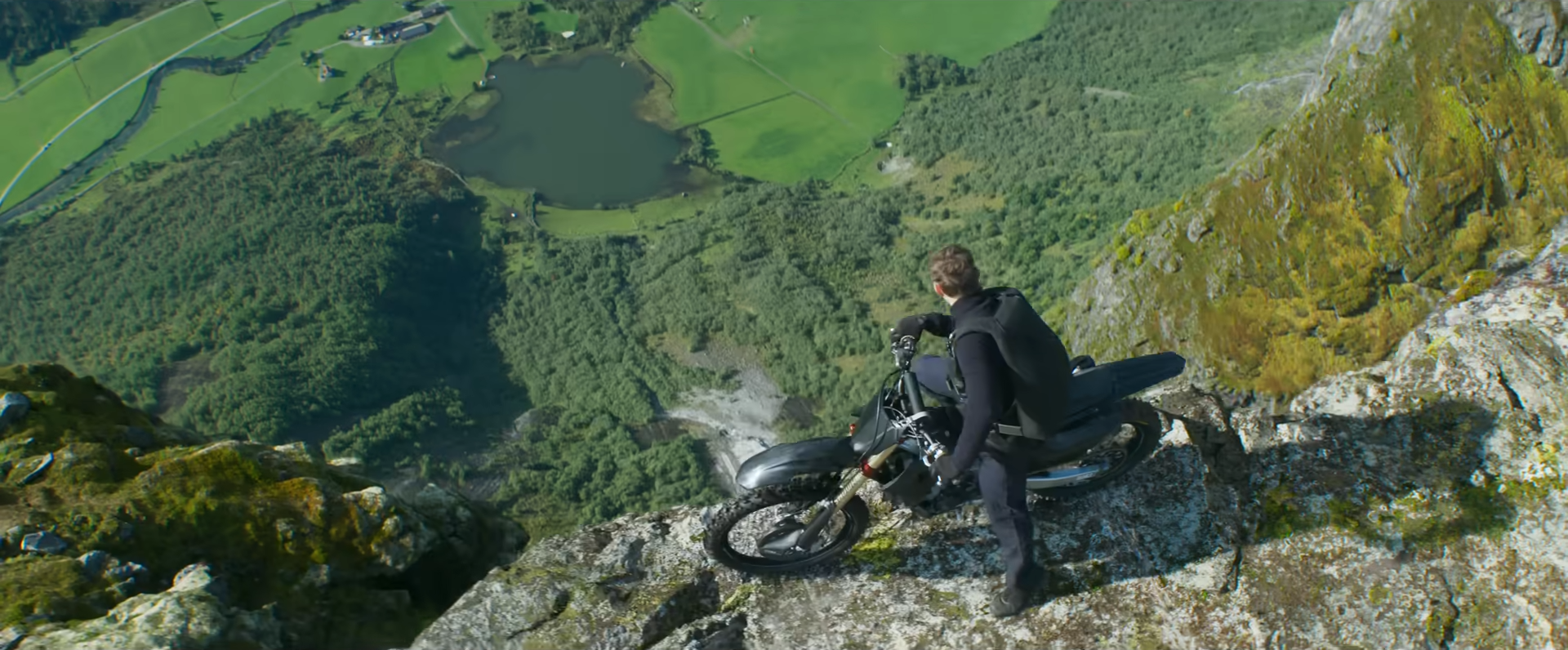
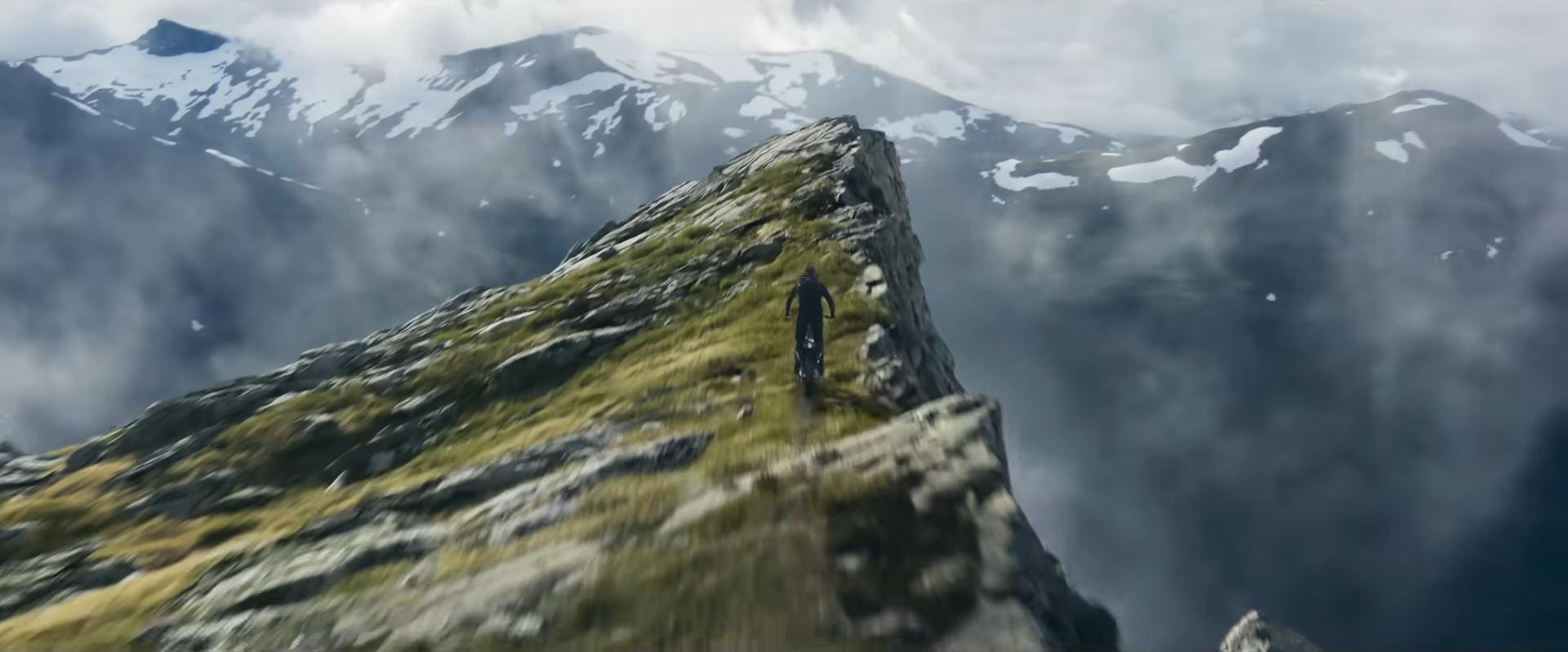
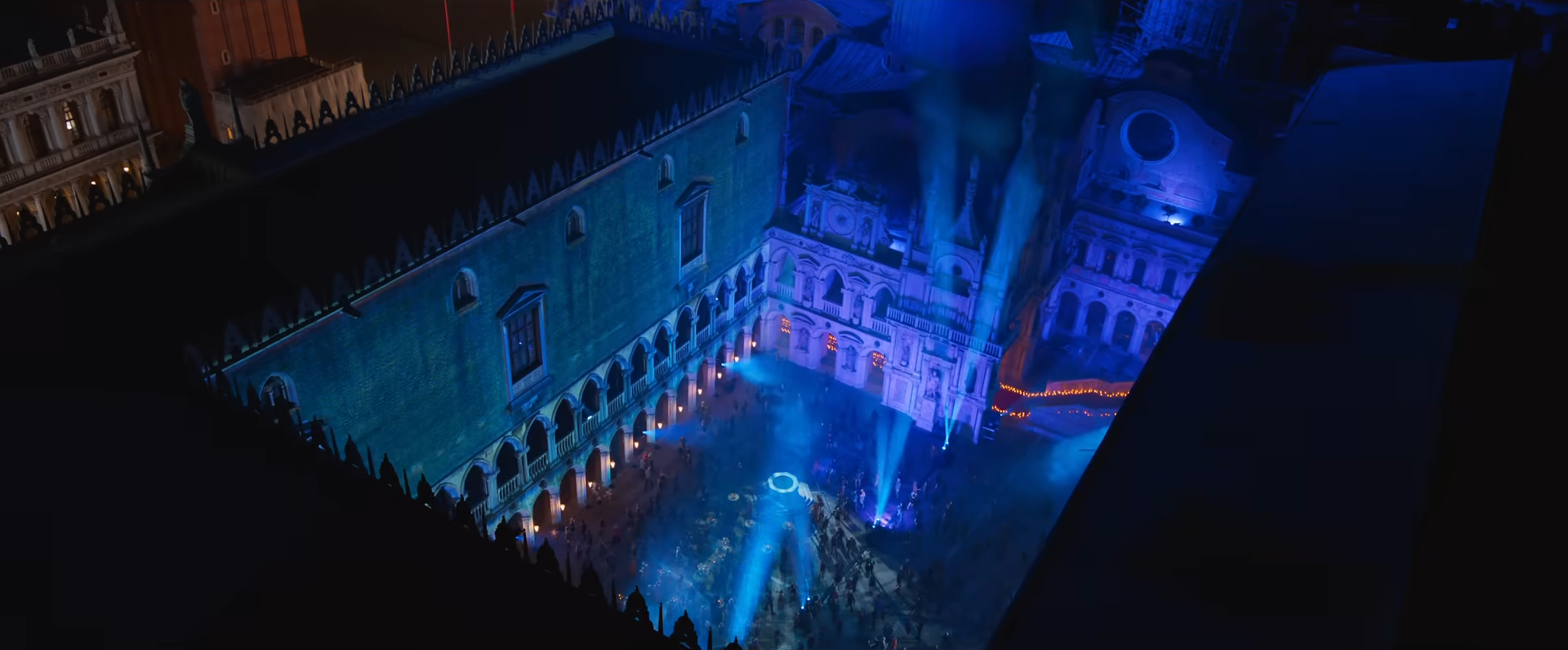
McQuarrie may not be taking artistic ownership of the Mission: Impossible series the same way Chad Stahelski has with John Wick, though his contributions towards revitalising its image in recent years should not be discounted. Despite carrying the canted angles across from the first film, his visual style has a sleekness distinct from Brian de Palma’s, and there is even a bit of Skyfall present in the bright, dynamic lighting and silhouetted dancers of the White Widow’s Venetian party. It is through the precision of his parallel editing though that he most effectively ratchets up the tension of his set pieces, crosscutting between a bomb that must be defused through riddles and Hunt’s pursuit of a crucial key through an airport, and later the action unfolding simultaneously inside and outside the Orient Express.
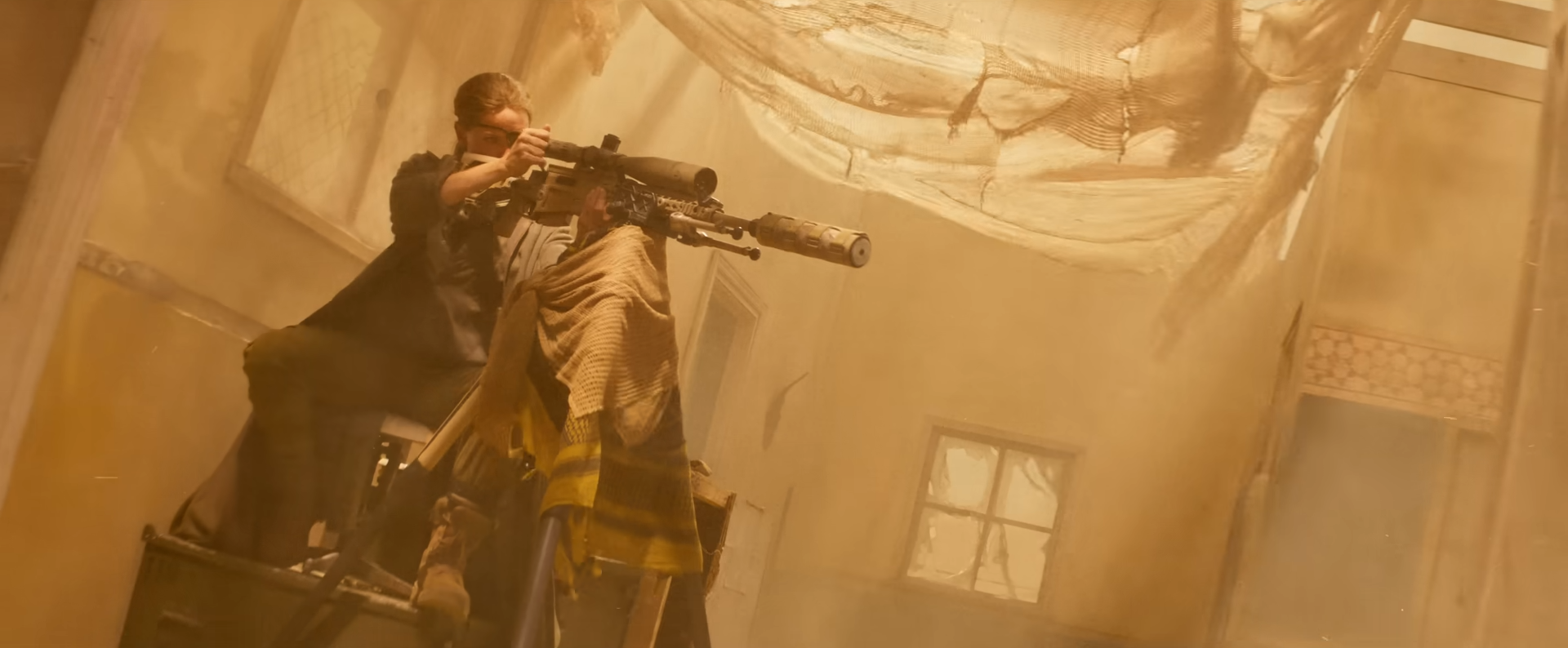
That Dead Reckoning does so little to distinguish its relatively standard espionage narrative from others begs the question why it was conceived in two parts, besides the fact that the Entity holds so much potential for further development as a villain. Playing on renewed cultural fears of an AI takeover is a smart move for McQuarrie as he takes his own creative spin on the subject. As the seventh movie in the Mission: Impossible series, Dead Reckoning proves there is still life to be found in Ethan Hunt’s perilous undertakings 25 years since it began. As the first instalment of a new story arc, there is also just enough to keep us in its grip.
Mission: Impossible series, Dead Reckoning is currently streaming on Netflix.
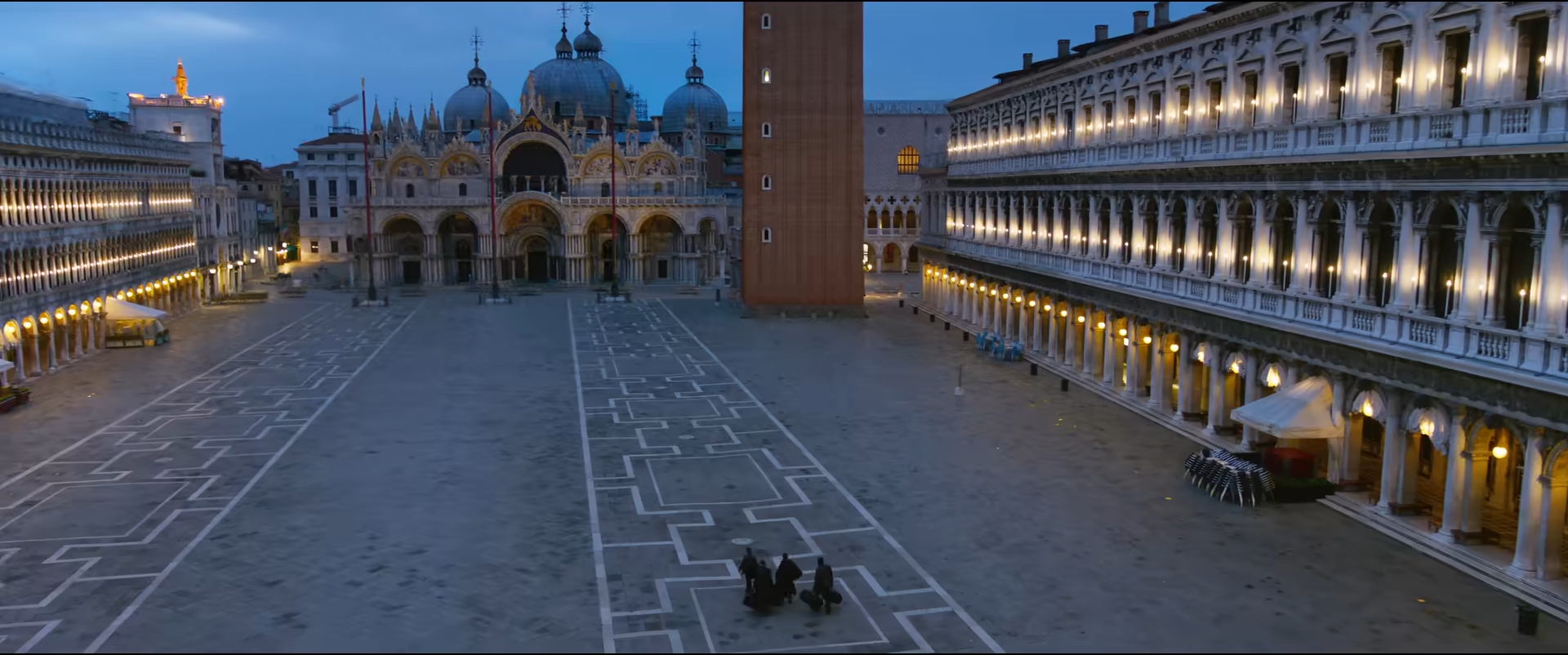

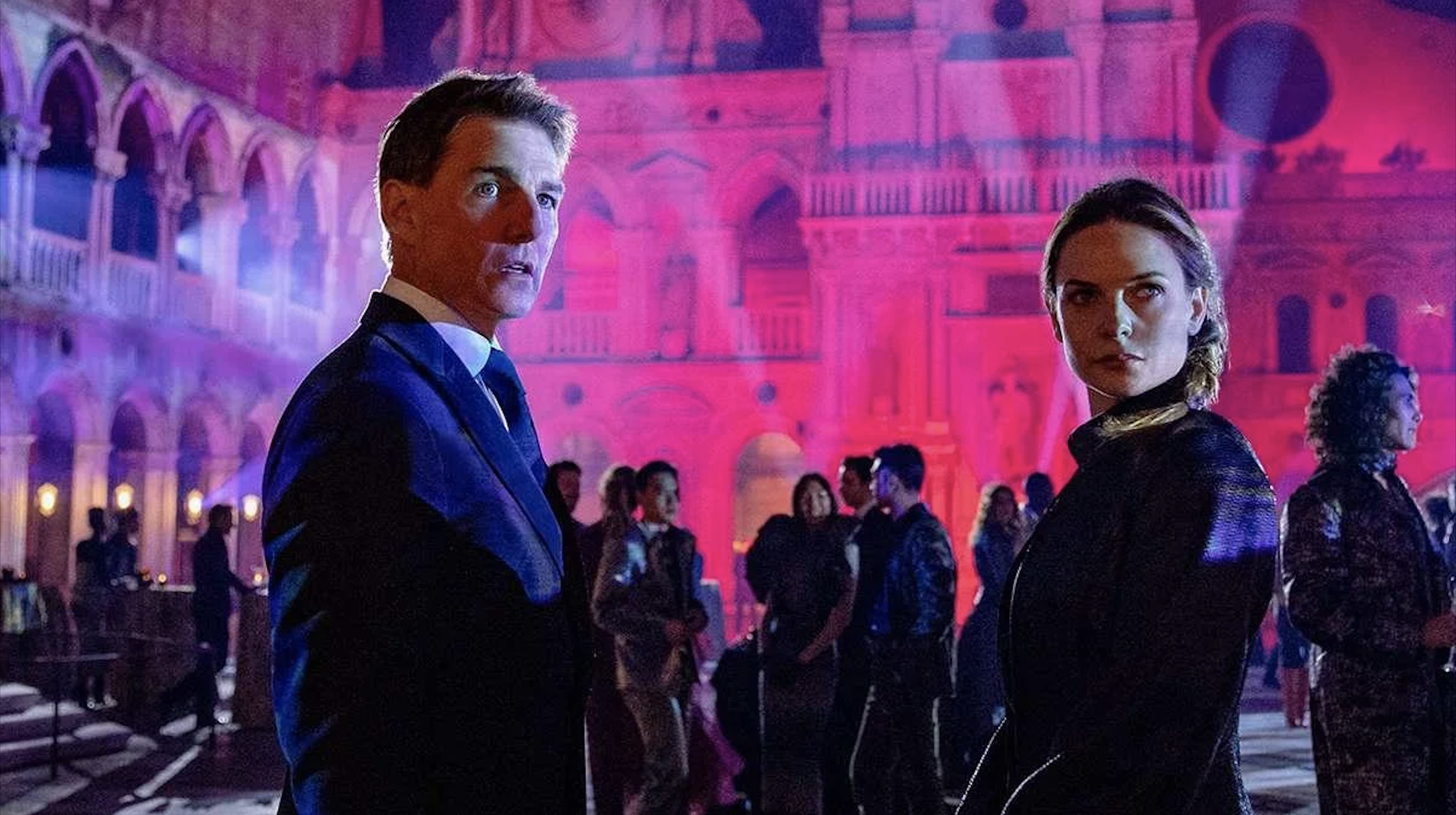
Pingback: 2024 Oscar Predictions and Snubs – Scene by Green